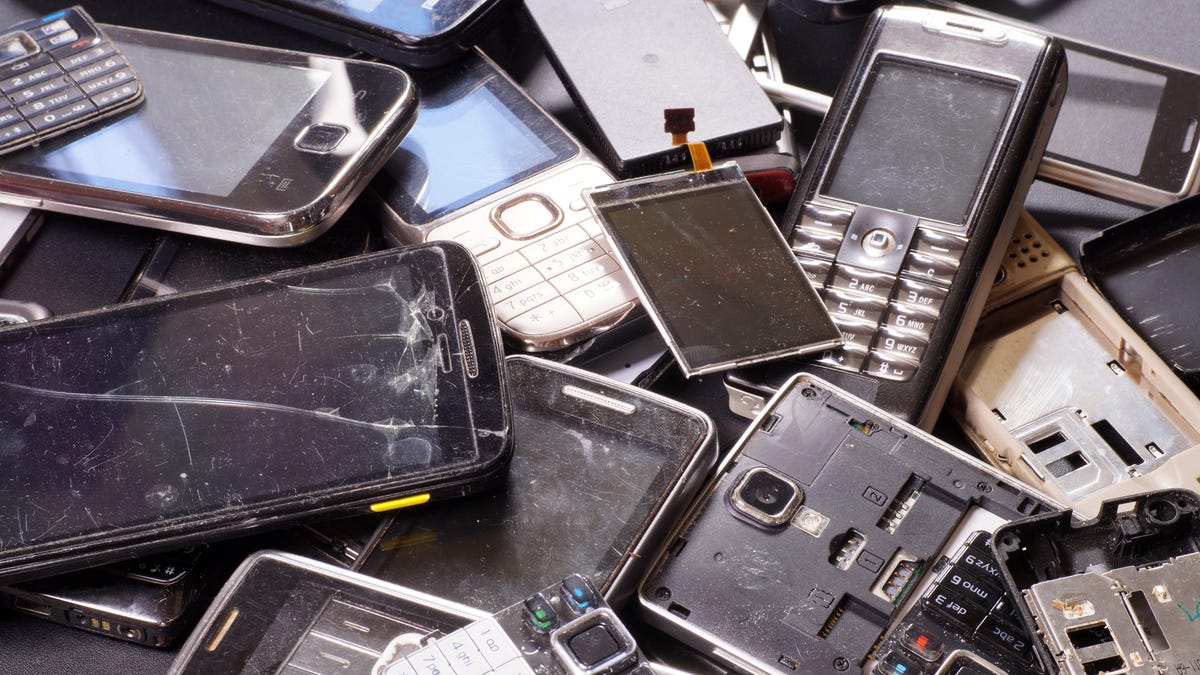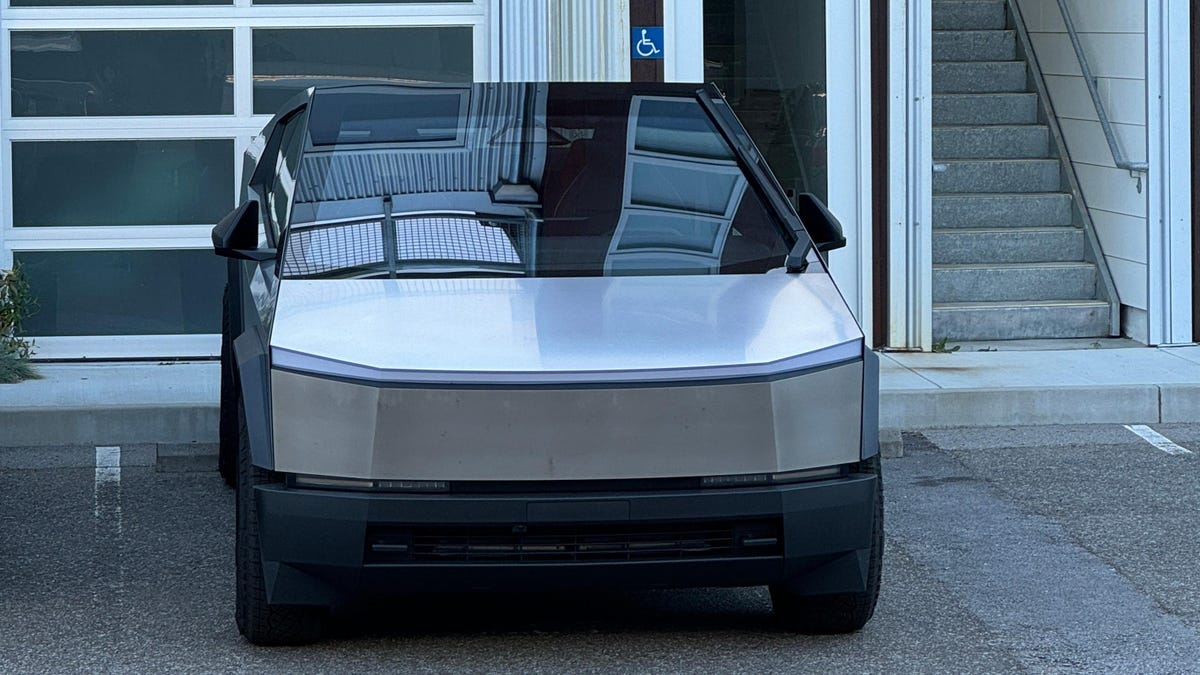Are we prepared for Nvidia’s Blackwell chip?
To construct the multitude of solar panels, wind turbines, electric vehicle batteries, and other technologies essential for combating climate change, a significant increase in the extraction of various metals will be required. However, this mining activity can result in significant environmental damage and pollution that poses a threat to ecosystems and communities. Fortunately, there is another potential source of the critical minerals necessary to stabilize the climate – the vast amount of electronic waste that humanity discards annually.
The United Nations Sheds Light on E-Waste Content
Until recently, comprehensive information on the quantities of clean energy metals contained in discarded laptops, printers, and other electronic devices was scarce. However, the United Nations recently released a report that delves into the global e-waste problem, shedding light on the metals present in electronic garbage and how frequently they are recycled. This report is a crucial step in addressing the data gaps in this area and raising awareness of the potential value in discarded electronics.
Recycling Rates and Demand for Essential Metals
Despite the significant amounts of aluminum and copper present in e-waste, essential for various low- and zero-carbon technologies, only 60 percent of aluminum and 2 million metric tons of copper from e-waste in 2022 were recycled. This highlights the immense potential that lies in overlooked resources. With increasing demand for metals due to climate tech applications, the importance of recycling is becoming more critical.
Neodymium, a rare-earth element crucial for green energy technologies like wind turbines and electric vehicle motors, faces a recycling rate of less than 1 percent worldwide due to the complexities and costs associated with recycling processes. Similarly, nickel, vital for lithium-ion batteries in electric vehicles, is recycled predominantly into other steel products, missing the opportunity to cater directly to the rising demand for electric vehicle batteries.
Promoting Metal Recycling for a Sustainable Future
To utilize the metals present in e-waste effectively, there is a need for enhanced recycling policies that incentivize the recovery of these critical materials. One approach involves designing products with disassembly and recycling in mind, ensuring that valuable metals are not wasted in products that are difficult to recycle. By setting recovery targets for non-precious metals and implementing strict regulations, such as the recent EU goal to source 25 percent of critical raw materials from recycled sources by 2030, the push for increased recycling efforts gains momentum.
Efforts to boost domestic recycling of electronic waste, as initiated by the Department of Energy’s e-waste recycling prize, aim to reduce reliance on virgin materials, enhance energy independence, and contribute to a more sustainable and secure supply chain for critical metals used in clean energy technologies. By harnessing the potential within e-waste, we can work towards a more efficient and environmentally conscious approach to sourcing metals for the energy transition.
Image/Photo credit: source url





